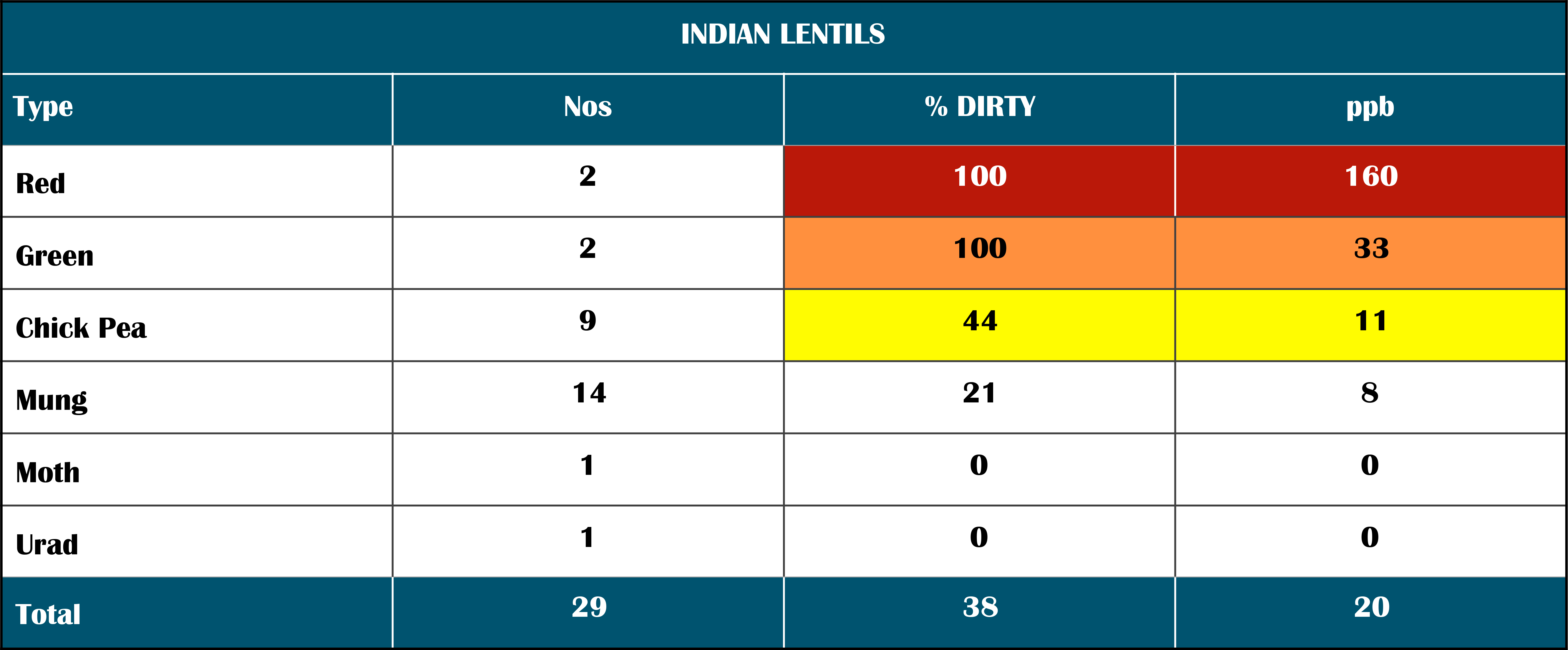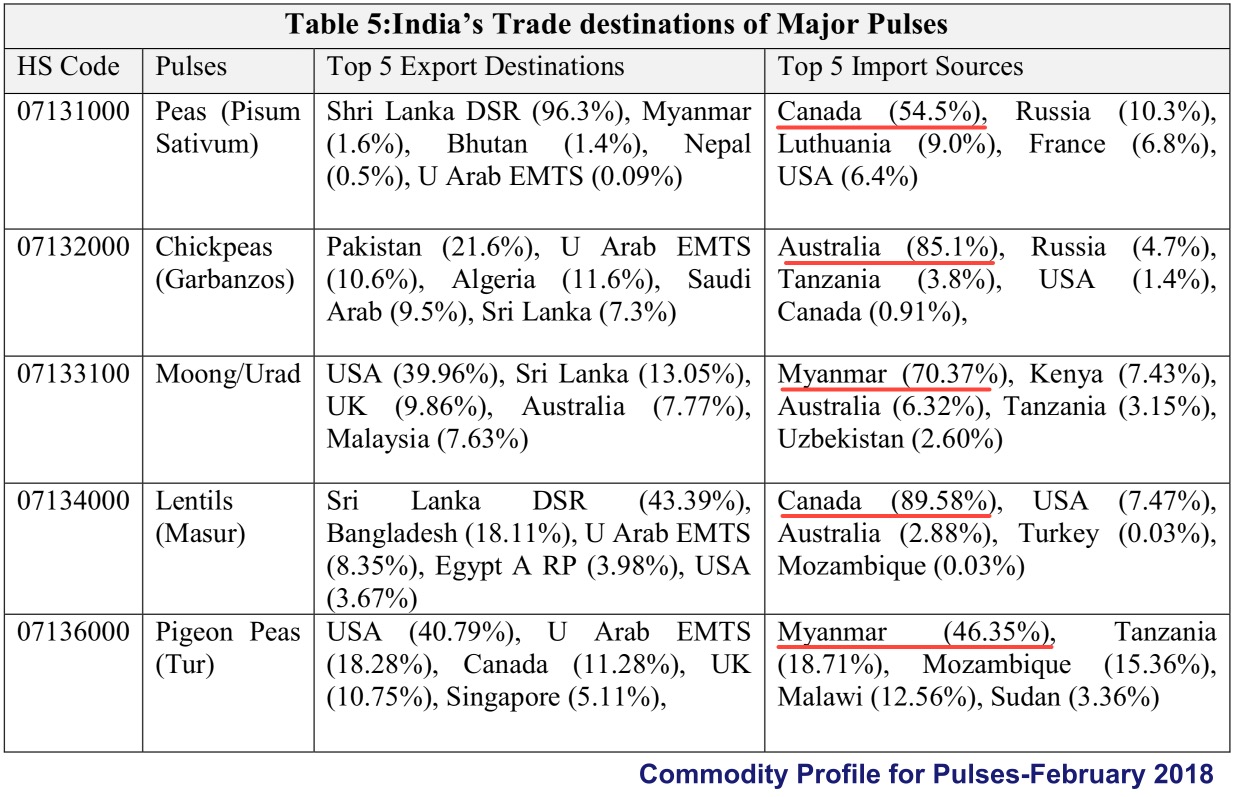
Anthony Samsel and Stephanie Seneff have written a series of peer reviewed papers on problems with glyphosate. They have been published on Researchgate. One can read or download published articles free of charge. Samsel and Seneff have so far a series of six articles published there about glyphosate. All of them are relevant. The later ones deal with hitherto less known aspects of glyphosate which describe newer threats of having glyphosate in our food and environment. The seventh article is being prepared.
I have read the articles and downloaded them for future reference. I decided to separately make available the pdf copies of those articles, all listed in one place, for easy access. This blog is that place. Please note, if you wish to read the original from the Researchgate. You may also do it from here, by either clicking on the original link at the bottom of the abstract, or clicking on the (pdf) link next to each article heading, such as Glyphosate I or Glyphosate II. You may first read the abstracts of each paper and move on, or decide to read/download the full article. There is also an additional list of all the pdf files at the bottom of this blog.
Glyphosate I (pdf)
Glyphosate’s Suppression of Cytochrome P450 Enzymes and Amino Acid Biosynthesis by the Gut Microbiome: Pathways to Modern Diseases.
Abstract
Glyphosate, the active ingredient in Roundup ® , is the most popular herbicide used worldwide. The industry asserts it is minimally toxic to humans, but here we argue otherwise. Residues are found in the main foods of the Western diet, comprised primarily of sugar, corn, soy and wheat. Glyphosate’s inhibition of cytochrome P450 (CYP) enzymes is an overlooked component of its toxicity to mammals. CYP enzymes play crucial roles in biology, one of which is to detoxify xenobiotics. Thus, glyphosate enhances the damaging effects of other food borne chemical residues and environmental toxins. Negative impact on the body is insidious and manifests slowly over time as inflammation damages cellular systems throughout the body. Here, we show how interference with CYP enzymes acts synergistically with disruption of the biosynthesis of aromatic amino acids by gut bacteria, as well as impairment in serum sulfate transport. Consequences are most of the diseases and conditions associated with a Western diet, which include gastrointestinal disorders, obesity, diabetes, heart disease, depression, autism, infertility, cancer and Alzheimer’s disease. We explain the documented effects of glyphosate and its ability to induce disease, and we show that glyphosate is the “textbook example” of exogenous semiotic entropy: the disruption of homeostasis by environmental toxins.
Glyphosate’s Suppression of Cytochrome… (PDF Download Available). Available from: https://www.researchgate.net/publication/236211603_Glyphosate%27s_Suppression_of_Cytochrome_P450_Enzymes_and_Amino_Acid_Biosynthesis_by_the_Gut_Microbiome_Pathways_to_Modern_Diseases[accessed Apr 13 2018].
Glyphosate II (pdf)
Glyphosate, pathways to modern diseases II: Celiac sprue and gluten intolerance
Glyphosate, pathways to modern diseases… (PDF Download Available). Available from: https://www.researchgate.net/publication/261189254_Glyphosate_pathways_to_modern_diseases_II_Celiac_sprue_and_gluten_intolerance?enrichId=rgreq-b66c3c27a3a98312590760bb16620f2e-XXX&enrichSource=Y292ZXJQYWdlOzI2MTE4OTI1NDtBUzo5OTU3Mzg5MjY0ODk3OEAxNDAwNzUxNjc1MDgz&el=1_x_3[accessed Apr 13 2018].
Glyphosate III (pdf)
Glyphosate, pathways to modern diseases III: Manganese, neurological diseases, and associated pathologies
Glyphosate, pathways to modern diseases… (PDF Download Available). Available from: https://www.researchgate.net/publication/274005953_Glyphosate_pathways_to_modern_diseases_III_Manganese_neurological_diseases_and_associated_pathologies?enrichId=rgreq-1f1a9a57863d3cae1e3c8246cd0f6327-XXX&enrichSource=Y292ZXJQYWdlOzI3NDAwNTk1MztBUzoyMTA2MjI5ODI2OTI4NjRAMTQyNzIyNzg0MDMyOA%3D%3D&el=1_x_3 [accessed Apr 13 2018].
Glyphosate IV (pdf)
Glyphosate, pathways to modern diseases IV: cancer and related pathologies
Glyphosate, pathways to modern diseases… (PDF Download Available). Available from: https://www.researchgate.net/publication/283490944_Glyphosate_pathways_to_modern_diseases_IV_cancer_and_related_pathologies?enrichId=rgreq-988f995b6ad30762cd4f7f5bfeadb55c-XXX&enrichSource=Y292ZXJQYWdlOzI4MzQ5MDk0NDtBUzoyOTIxNTI2Mzk4MDMzOTlAMTQ0NjY2NjAyNTU4Nw%3D%3D&el=1_x_3[accessed Apr 13 2018].
Glyphosate V (pdf)
Glyphosate pathways to modern diseases V: Amino acid analogue of glycine in diverse proteins
Glyphosate pathways to modern diseases V:… (PDF Download Available). Available from: https://www.researchgate.net/publication/305318376_Glyphosate_pathways_to_modern_diseases_V_Amino_acid_analogue_of_glycine_in_diverse_proteins?ev=publicSearchHeader&_sg=K24sjjB2XLXJfITb6XNNXCpSPbbbf_zY4iHZGvbzshZ3miV1GtWNfLOSfbeTA07arEHrf3T7KetKxvc[accessed Apr 13 2018].
Glyphosate VI (pdf)
Glyphosate pathways to modern diseases VI: Prions, amyloidoses and autoimmune neurological diseases.
Glyphosate pathways to modern diseases… (PDF Download Available). Available from: https://www.researchgate.net/publication/316601847_Glyphosate_pathways_to_modern_diseases_VI_Prions_amyloidoses_and_autoimmune_neurological_diseases?enrichId=rgreq-aa8181f5123ca989d8b9c37c9b3f020a-XXX&enrichSource=Y292ZXJQYWdlOzMxNjYwMTg0NztBUzo0ODkxNDkyNzE2Nzg5NzZAMTQ5MzYzMzY4MjAzNQ%3D%3D&el=1_x_3&_esc=publicationCoverPdf[accessed Apr 13 2018].
Glyphosate I Cytochrome P450
Glyphosate II Celiac, gluten intolerance
Glyphosate III Manganese, neurological diseases
Glyphosate IV Cancer
Glyphosate V Amino acid analogue of glycine
Glyphosate VI Prions, autoimmune diseases
Glyphosate VII is in the works.




